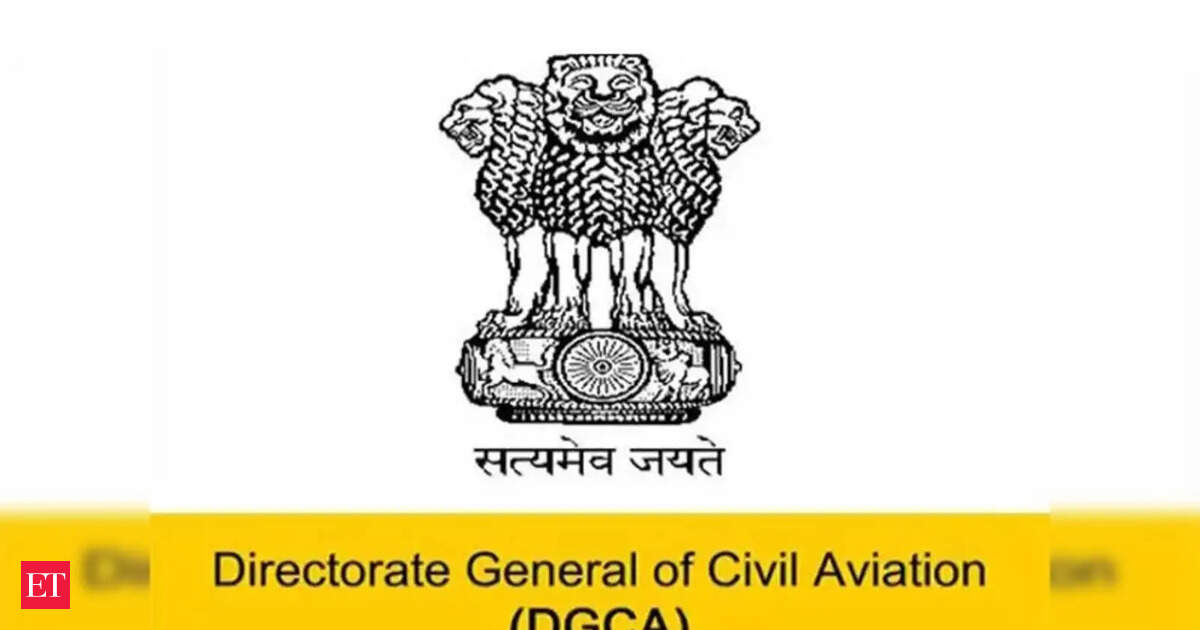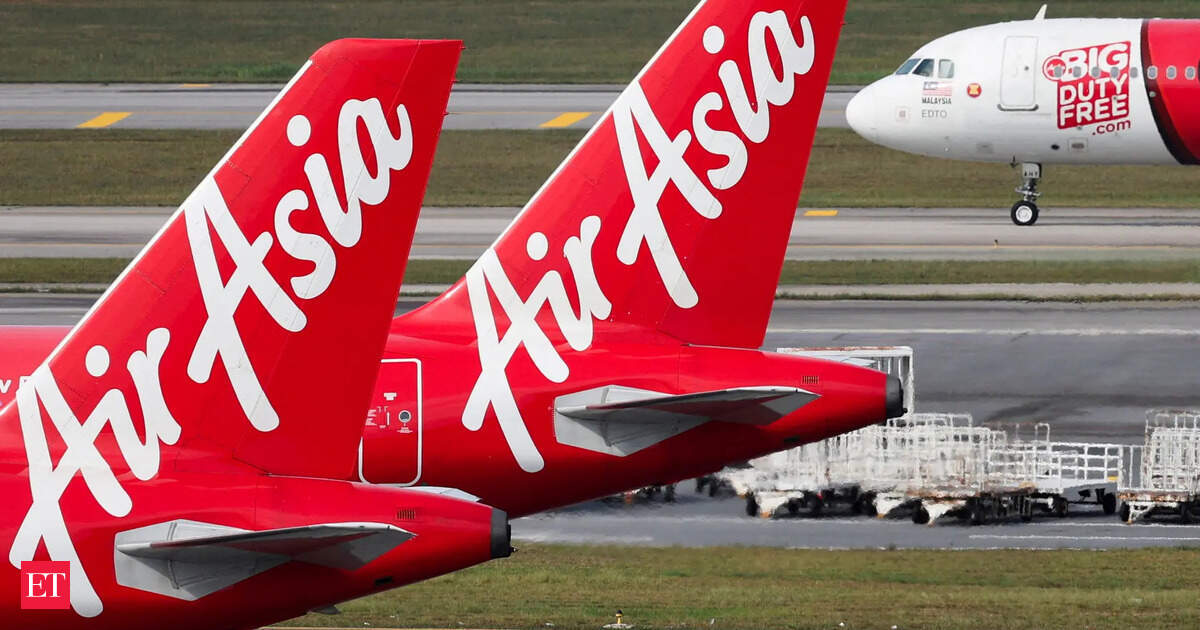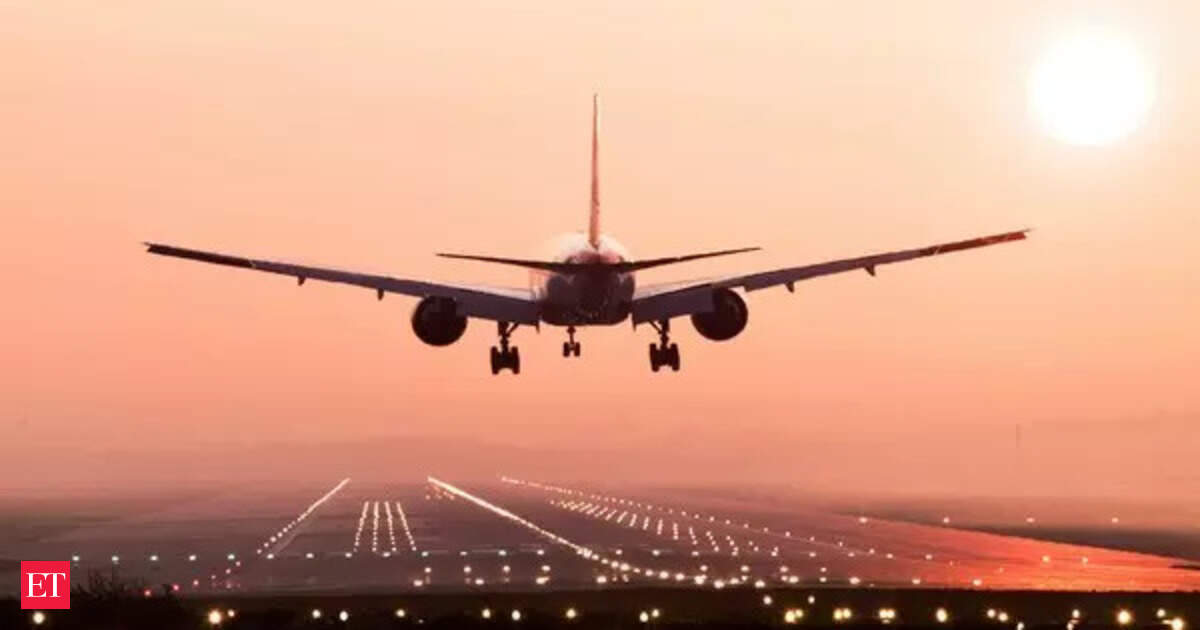These switches have come under intense scrutiny after an initial report on the probe into the June 12 crash of an Air India Boeing 787 plane attributed fuel switch lock disengagement as the reason for the accident that killed more than 270 people in Ahmedabad.
The Directorate General of Civil Aviation (DGCA) said that airlines have until July 21 to comply with its directive.
In India, besides Air India, its lowcost arm Air India Express, Akasa Air, and SpiceJet operate Boeing 737 jets, a single-aisle aircraft of the US-based manufacturer.
An official at Tata Group-owned Air India said the airline started the checks on Saturday and completed them on half of its Boeing fleet so far. The checks haven’t identified any defects, the official said.
International airlines such as Etihad Airways and Singapore Airlines have also initiated precautionary checks of fuel switch locks on their Boeing planes. Reuters reported that South Korea has also ordered similar checks on Boeing jets.These safety inspections by multiple countries come despite the Federal Aviation Administration (FAA) and Boeing assuring operators of Boeing planes that the fuel switch locks are safe.With the Boeing jets being manufactured in the US, countries often mirror FAA standards to ensure safety, reliability, and compatibility. However, regulators and airlines can independently take any action they deem fit for safe operations.
In 2018, FAA had issued an advisory about cases of potential disengagement of the fuel control switch locking feature in the 737. The issue has not been reported in any 787 so far, and the FAA also hasn’t ever felt the need of changing the advisory to a mandatory one.
Air India told investigators it did not carry out suggested inspections of fuel control switch locks, which regulate the flow of fuel to the engine, as they were “advisory and not mandatory”.
However, the preliminary report by the Aircraft Accident Investigation Bureau (AAIB) released on Saturday said Air India changed the switches when the airline had replaced the throttle control module, once each in 2019 and 2023.
In a modern generation jet like the Boeing 787, the thrust control module and the fuel control switches are physically integrated into the same quadrant unit and the replacing the module also involves replacing the fuel switches, said an engineer certified for the aircraft.
Moreover, following the AAIB report, FAA reiterated that it does not consider this to be an unsafe condition.




